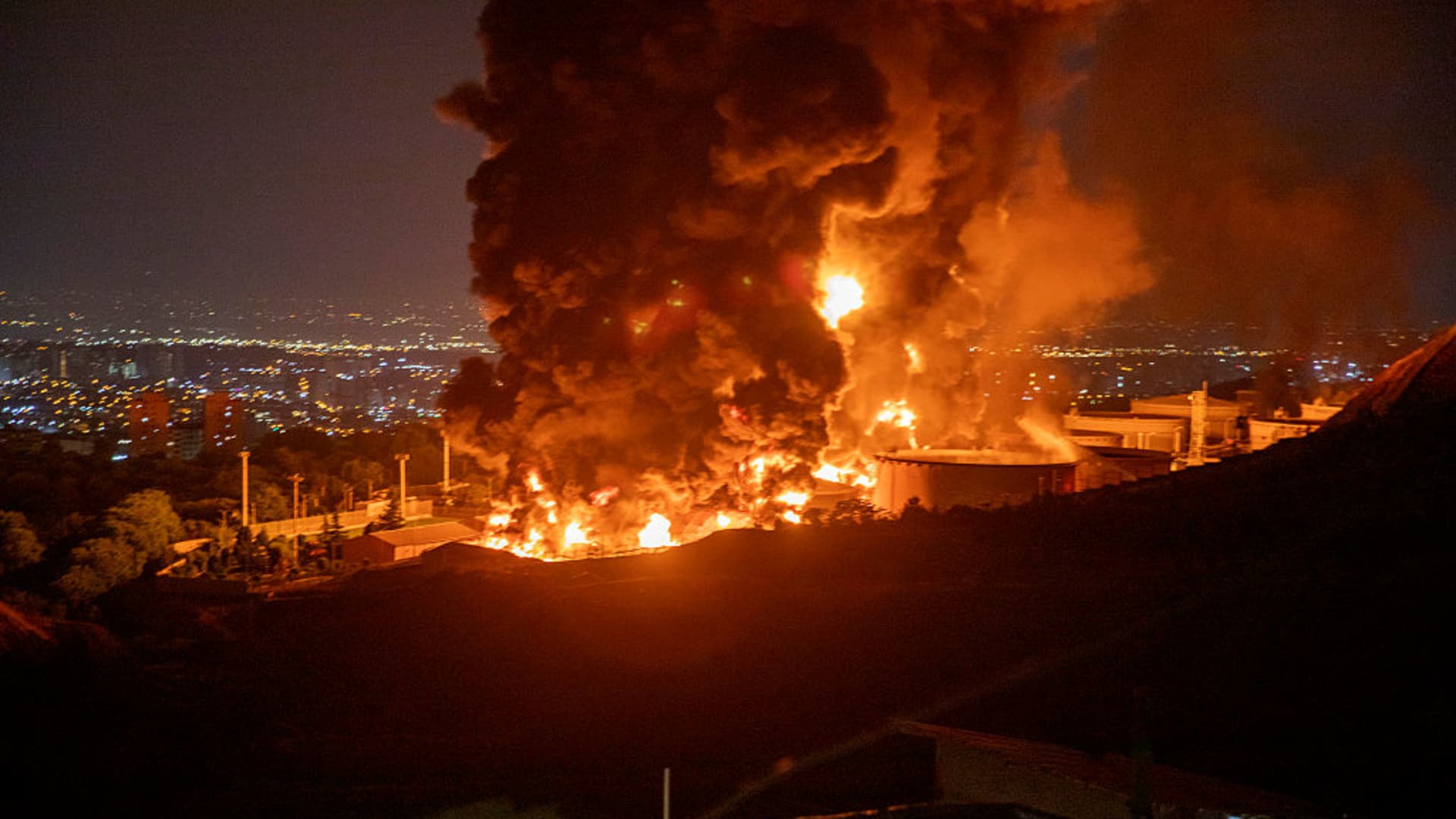Navigating the Intersection of Geopolitics and Global Markets: The Impact of Israel-Iran Tensions
Introduction: When Geopolitics Meets Market Dynamics
The recent surge in hostilities between Israel and Iran has sent shockwaves through financial markets worldwide, vividly illustrating how geopolitical conflicts can ripple beyond borders and sectors. The intertwined nature of military actions and economic outcomes is exposed, underscoring vulnerabilities in global energy supply chains and shifting investor sentiment. Understanding these market responses provides valuable insights into the delicate balance governing today’s interconnected economy.
Geopolitical Sparks: Strategic Strikes and Regional Tensions
The conflict escalated sharply when Israel launched targeted airstrikes against Iran’s nuclear and energy installations, including critical natural gas facilities. These actions are more than mere tactical maneuvers; they represent a strategic effort to disrupt Iran’s energy capabilities and hamper its regional influence. The repercussion is a destabilized Middle Eastern landscape, an area pivotal to the world energy framework. Such strikes heighten fears of a broader regional conflict, which could catalyze far-reaching consequences in energy supply and geopolitical stability.
Immediate Market Fallout: The Dance of Stocks, Oil, and Gold
Markets reacted swiftly and decisively as the news unfolded, revealing the dual nature of investor behavior during crises. Equities, particularly in sectors vulnerable to geopolitical instability, faced sharp sell-offs. Investors sought refuge in tangible assets, which historically serve as safe havens amidst uncertainty.
– Stock Market Decline: Global equity indices experienced notable downturns, signaling a move away from perceived risk amid escalating tensions. Energy and defense stocks showed extreme volatility, indicating a reshuffling of portfolio strategies.
– Oil Price Surge: Crude oil futures experienced an unprecedented spike, with Brent crude prices reaching heights unseen since early 2023. Gains within single-day sessions surged anywhere between 3% and, on some days, a dramatic 7-13%. This sharp rise reflects heightened worries over potential disruptions to oil supply routes.
– Gold and Precious Metals Rally: Alongside oil, gold prices climbed, embodying investors’ instinctual retreat to safety during geopolitical unrest.
This mosaic of market shifts encapsulates the immediate reaction to uncertainty—risk aversion coupled with a flight to stability in hard assets.
Structural Vulnerabilities Laid Bare: Energy Supply Chains and Inflation
The Israeli strikes on Iranian energy infrastructure have drawn attention to the precariousness of global energy logistics. A key bottleneck, the Strait of Hormuz, remains a vulnerable chokepoint through which a significant portion of the world’s oil is transported. Any real or perceived threat to this artery injects tension into the global supply narrative.
– Domestic Impact in Energy Markets: Particularly in the United States, natural gas price hikes are projected to lead to roughly 4% increases in residential electricity bills during the summer months. This compounding effect worsens inflationary pressures already impacting consumers, with gasoline prices similarly poised to climb in response to surging crude oil costs.
– Global Economic Implications: Elevated energy expenses translate directly into higher production and transportation costs worldwide. This cascade dampens economic growth by eroding consumer purchasing power and complicates inflation containment efforts for monetary policymakers.
The shocks reverberate beyond immediate market reactions, pointing toward longer-term challenges in balancing energy security with economic stability.
Shifting Investor Behavior and Emerging Market Trends
Investor strategies have pivoted noticeably due to the unfolding crisis. While overall equity markets retrench under the shadow of conflict risk, energy stocks have attracted substantial inflows, buoyed by rising commodity prices. This sectoral divergence outlines a market landscape defined by selective optimism mixed with pervasive caution.
The unpredictability stemming from Iran’s potential retaliations and the looming threat of interrupted oil transit through critical maritime routes suggests sustained volatility ahead. Both investors and policymakers are left navigating a precarious path, weighing risk against opportunity in a fluid geopolitical context.
Conclusion: At the Crossroads of Energy Security and Economic Stability
The recent developments involving Israel’s military targeting of Iran illustrate the profound sensitivity of global markets to Middle Eastern geopolitical shifts. The swiftly changing fortunes of stock indices and energy commodities reveal a world economy finely attuned to the risk premiums associated with energy supply uncertainties.
As oil prices climb and stock markets falter, the global community faces a converging crisis of energy security and economic resilience. The unfolding scenario demands vigilant market analysis, adaptive policy responses, and diplomatic efforts aimed at de-escalation. In this volatile arena, the ability of governments and markets to respond flexibly and collaboratively will play a crucial role in shaping the trajectory of this emerging geopolitical and economic challenge.












